HISTORY
The stones and their story have gone from respect to neglect to reclamation, reflecting the many changes in Waikiki and Hawai’i.
After the healers left, the stones remained in Waikiki for centuries and were revered by Hawaiian nobility, including Princess Likelike and her daughter Kaiulani, who placed seaweed lei on them before bathing in the sea. Their devotion led Likelike's husband, Governor Archibald Scott Cleghorn, to excavate the four stones in 1905 and to demand in his will that they not be disturbed.
But colonization and the introduction of foreign religion led to neglect of the stones, and disrespect for mahu, and in 1941 the stones were buried under a bowling alley. Although they were recovered in 1963, their connection to gender diversity was suppressed as this was a period of great discrimination in which mahu nightclub performers had to wear a button proclaiming their biological sex to avoid arrest.
The censorship continued when a self-described clairvoyant known as the Lady in Red fabricated a story that the healers were tordinary males and two females rather than mahu. A tourism promoter even mistranslated Kapaemahu, which means the row of mahu, as “not homosexual.”
In an effort to restore Hawaiianess to Waikiki, a major restoration was undertaken in 1997. Led by traditional healer Papa Henry Auwae, the stones were placed on an elevated platform, surrounded by a fence, and renamed as “Nā Pōhaku Ola Kapaemāhū ā Kapuni” (The Stones of Life of Kapaemahu at Kapuni). But despite this attention, their full story and connection to gender diversity continued to be disregarded.
Fortunately, the story of the healer stones was preserved in writing in1907 thanks to James Harbottle Boyd, a relative of Likelike and Kaiulani and confidante of Queen Liliuokalani. The original handwritten manuscript was recently discovered in the University of Hawaii archives, and has been used to revive the tradition of Kapaemahu through film, a children’s book, and exhibition at the Bishop Museum.



